Five Tips for Car Camping
As the summer days become shorter and we return to our daily lives, there is still a chance to get some summer fun in the next few weeks.
You can use a car camping trip as an excellent way of connecting with nature and having a memorable family experience before life goes back to normal once more.
However, camping isn't as easy as it sounds, and things can get quite nasty if you are not careful. There have been instances where the entire camping experience has been dull for individuals, simply because they haven't planned properly.
That being said, here are five important tips that will help you create an enjoyable and unforgettable car camping adventure:
Plan your destination and supplies.
For your camping adventure, it is essential that you research campsites at your destination. There are websites such as Hipcamp that can be used to find available or free campgrounds. It is important that you read through site details, amenities, and rules so that they may work for you.
Make sure you fill up your vehicle’s gas tank before leaving. A prepared vehicle makes for a smoother ride. Consider using tools like Gas Buddy to check out fuel prices and plan stops.
For camping gear, consider a tent that attaches to your vehicle. This tent adds convenience and extra space. It lets you use both the tent and your vehicle’s interior.
This setup makes camping more comfortable and functional, especially in changing weather or when extra storage is needed.

Improve comfort and privacy
For a comfortable journey, utilize car window shades that prevent the sun rays from coming in while offering you some privacy when travelling or sleeping. Consequently, this makes your car interior much more pleasant.
An inflatable mattress for cars is an excellent thing to have. This makes it far comfier to sleep inside your automobile. In case you need extra space for passengers, it can also come in handy.
Put a container of hot water or hot water bottle near your feet whenever going to bed while camping to keep warm throughout the night. You can get some extra warmth just by putting in a hot water bottle.
To remain dry and warm, consider using waterproof sleeping bags. They are perfect when the ground is wet or damp. They also ensure you don’t freeze during the night. These small changes can enhance your experience with overnight camping.
Maintaining hygiene and keeping the camping area clean
Keep your camp area tidy. Use storage bins or bags for organizing your gear. This makes it easier to find what you need. Have a place for trash and recycling. Pack a collapsable sink for easy cleanup. Bring dish soap and sponges. Clean your dishes promptly to avoid attracting pests.
A first aid kit is essential. It should include bandages, antiseptic wipes, and any personal medications. Carry hand sanitizer to keep your hands clean. Pocket-sized tissues are also useful. They handle various needs, from runny noses to quick clean-ups.
Maintaining hygiene is important even when camping. A portable solar camp shower and a pop-up privacy tent can make showering more comfortable.
Alternatively, bathing wipes are a convenient option for quick clean-ups. Prepare for nighttime visibility with a flashlight or solar-powered flashlight, and keep bugs at bay with a DIY bug screen or bug spray. Carry a first aid kit and hand sanitizer to handle minor injuries and maintain cleanliness.
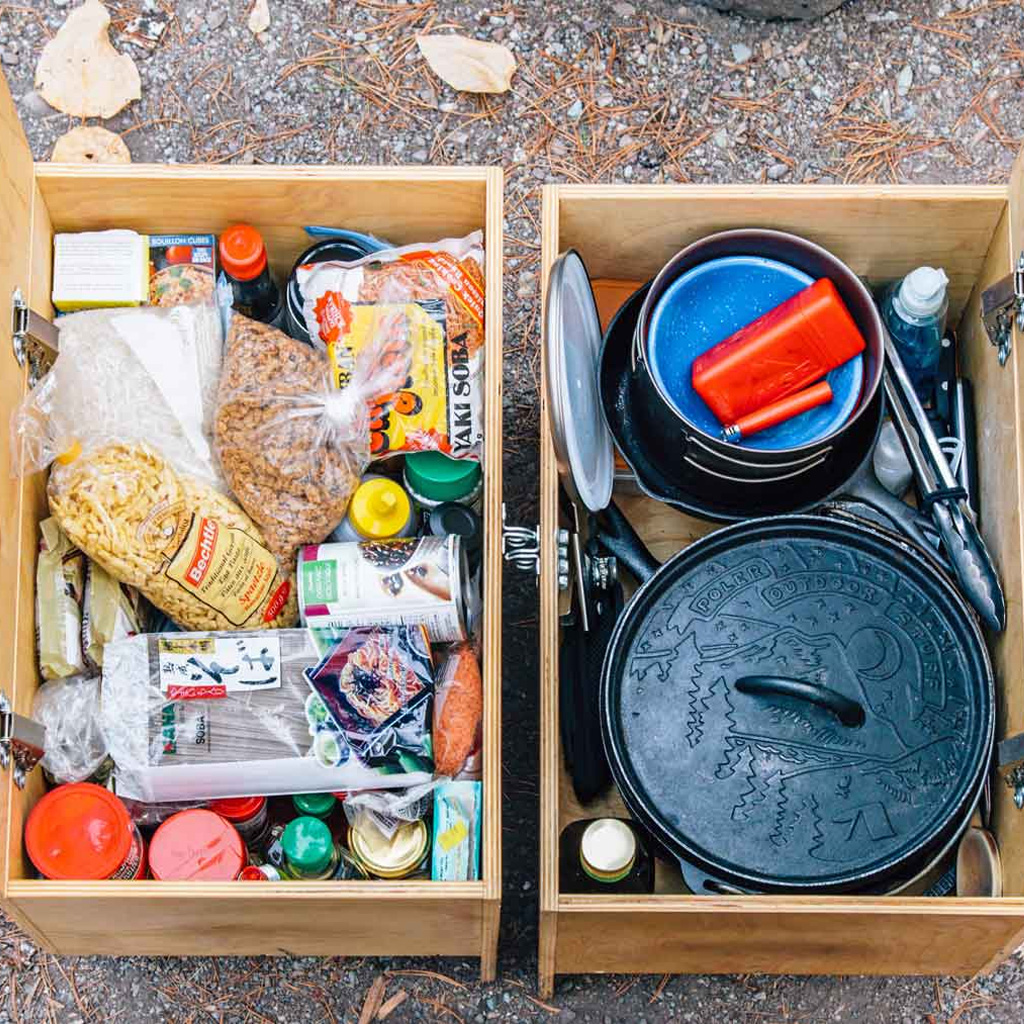
Safety and security tips
Safety is very important while camping. Keep your car locked whenever it is not in use. Do not let food leftovers and other potential smells attract animals. You don’t want to face a bear or any other unexpected guests who might think you’re running a wildlife buffet!
If a campfire is created, adhere to local regulations and ensure that it has been completely extinguished before leaving it behind. Never leave a fire unattended.
Have a plan for emergencies. Carry a whistle or mirror to signal for help if needed. Charge your phone always and power up through portable chargers.
Recognize symptoms of heat stroke and heat exhaustion. Drink water frequently while taking shade breaks.
Children should be taught about no-go zones by an adult who will be responsible for them throughout the camping trip. They should never handle matches or firewood. Always follow this rule to keep everyone safe and prevent any unwanted fires or injuries.
Make sure children are with a designated adult and know where they can and cannot go. Sadly, 40–50 children go missing from camping sites in the U.S. each year.
They often wander off, get lost, or are abducted. Following safety tips and keeping a close eye on kids can help prevent these incidents.

Always think about the surroundings and the environment at large.
When camping, always think about Mother Nature. Bring an easily collapsable washbasin for dirty dishes. This helps keep things neat and orderly.
Always leave no trace of a camping site when going home. Garbage and recycling bags should be used for waste. This way, you’ll leave your campsite clean.
A cool box is not enough to keep food fresh. Consider acquiring a portable car fridge if you want. It is perfect for long journeys or hot weather. When on camping trips, it keeps your food and drinks cold.
Before leaving home, find out if you are required to get permits for your campsites. Some places need permission slips before campfires or other activities can occur. Knowing ahead of time will avoid surprises and ensure that local regulations are followed.
Powerful portable phone chargers are essential in ensuring your devices remain active at all times. They are vital lifelines to stay connected as well as deal with emergencies.
Lastly, make sure that you have planned so thoroughly and remember some extras so that you can take off with no stress on this occasion of car camping.
Enjoy what’s left of summer days most efficiently. Proper planning together with environmental consciousness goes a long way in making your camping experience more enjoyable while preserving nature.
OTHER NEWS
-
- How to Choose the Right Sleeping Bag
- By Prodosh Kundu 19 Aug,2024

-
- Paved Paradise or Gravel Playground? Your Guide to the Wild World of Cycling Routes
- By Kamal Singh 17 May,2024

-
- RV Road Trips: Discovering the Beauty of America's Scenic Highways
- By Prodosh Kundu 30 May,2024
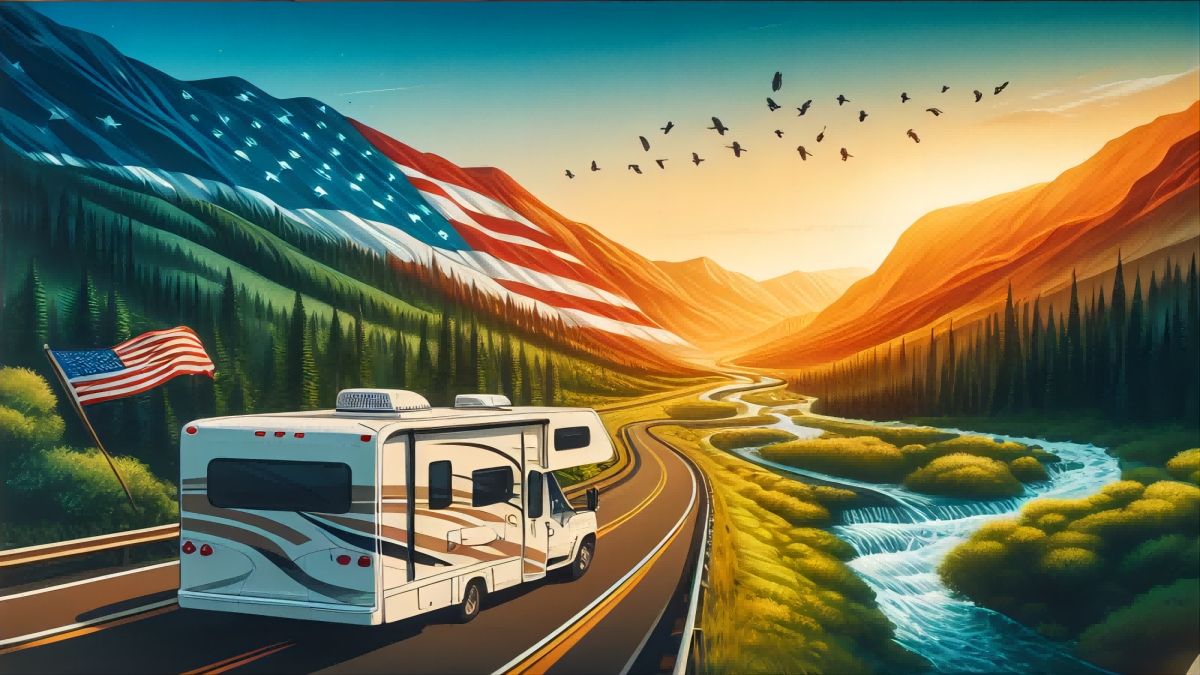
-
- Traveling Along American Riverbanks: A Trip Through the Okefenokee Swamp
- By Kamal Singh 21 May,2024
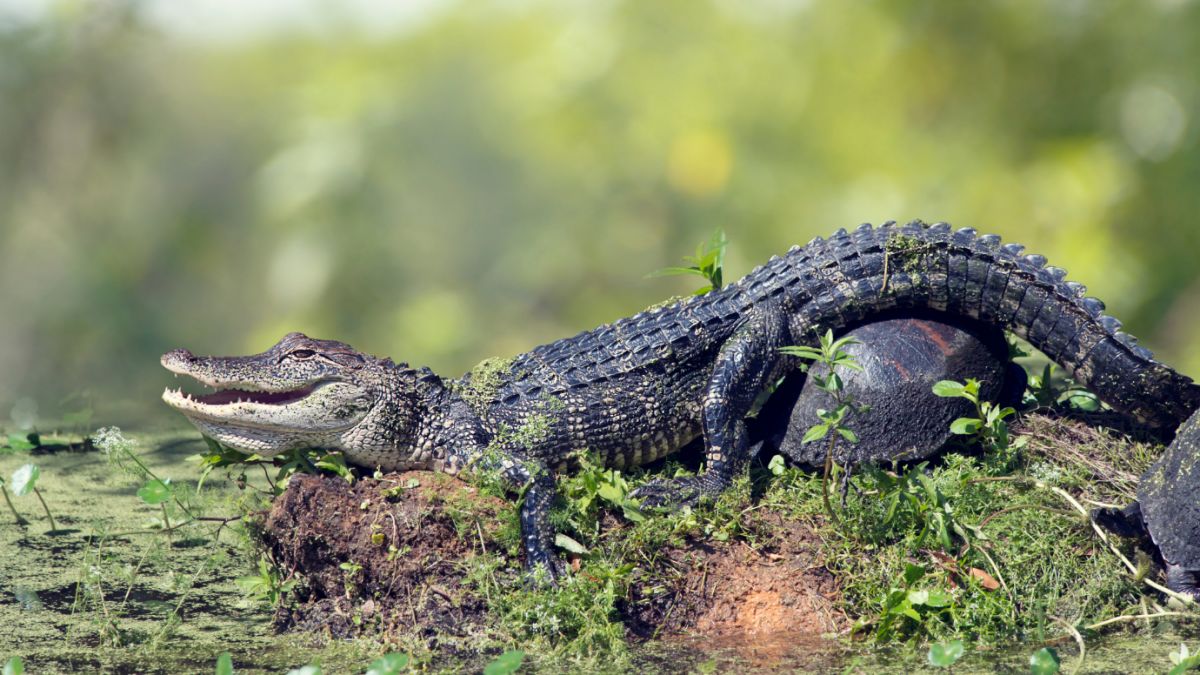
-
- Want to travel? Six tips to make you travel-ready for any season
- By Sharadha Narayanan 21 May,2024
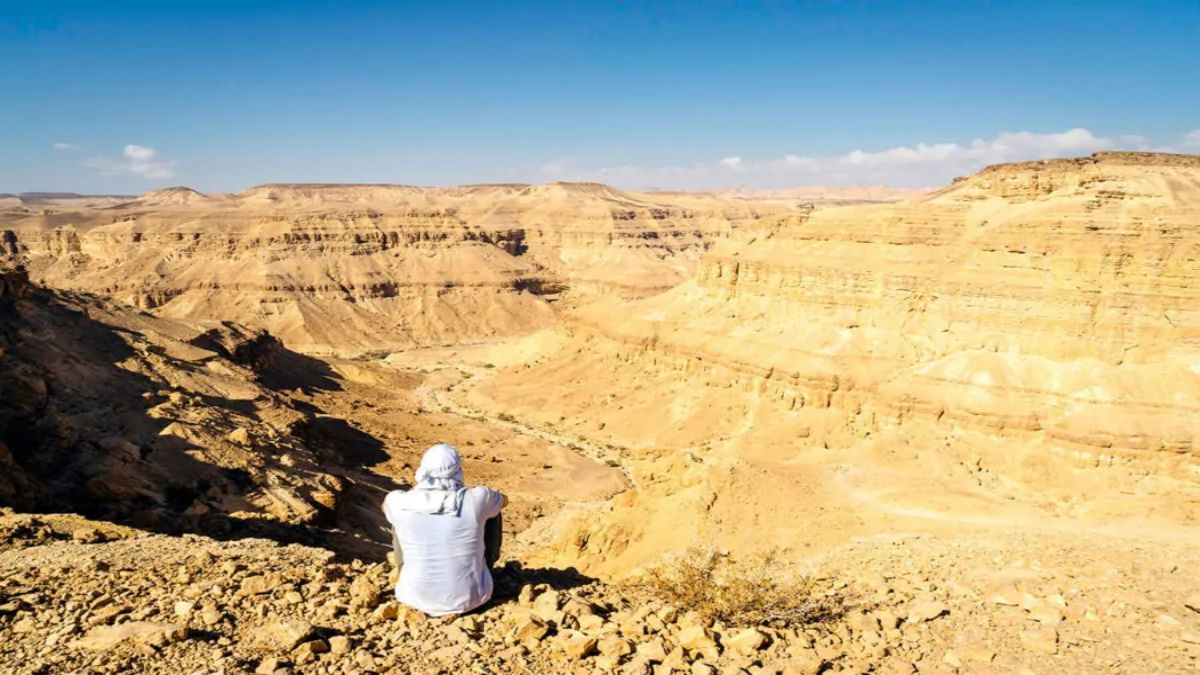
-
- How to Arrange a River Cruise Trip for Yourself?
- By Kamal Singh 21 May,2024
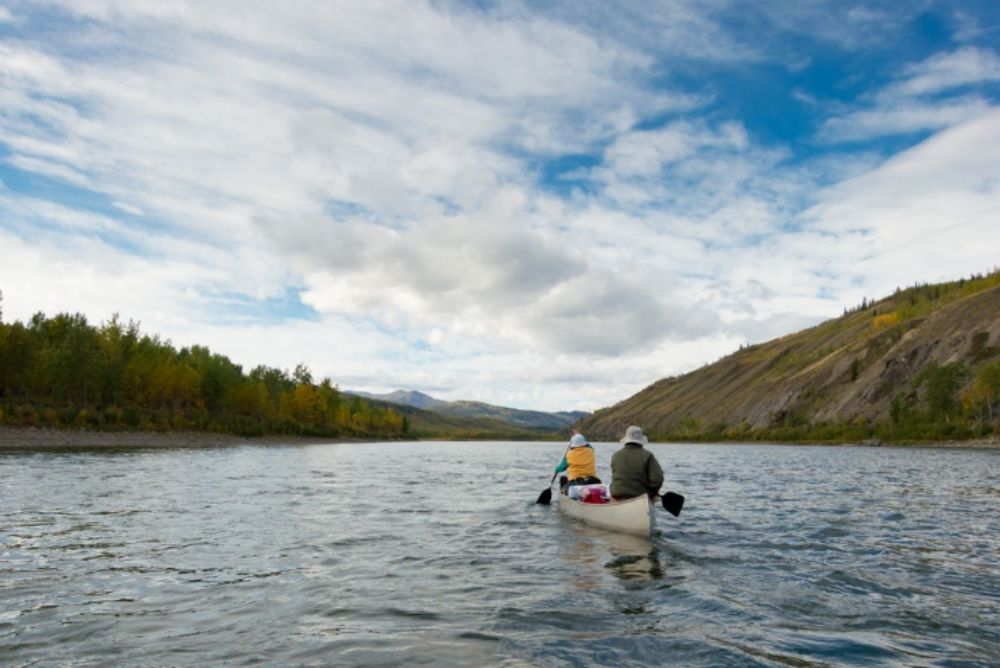
-
- Massachusetts Travel Guide: Everything You Need to Know!
- By Nauman Rehmat 17 May,2024
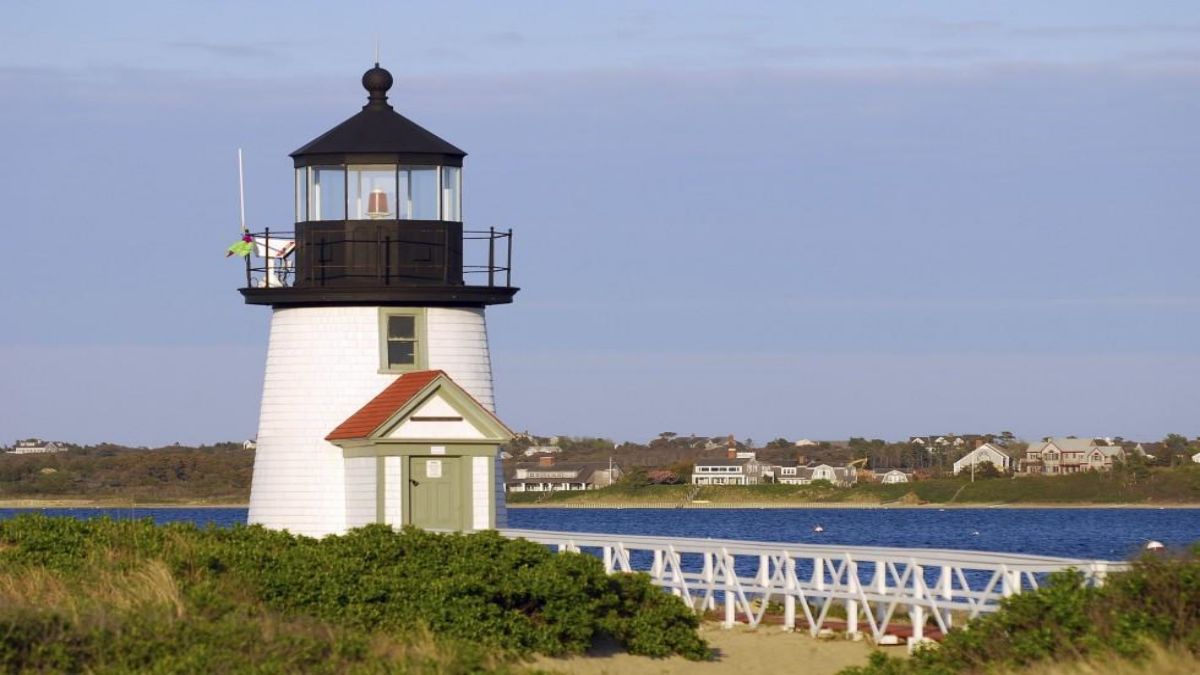
-
- Is Your Bike Talking Trash? Translate Bicycle Trouble with These Easy Fixes
- By Kamal Singh 17 May,2024
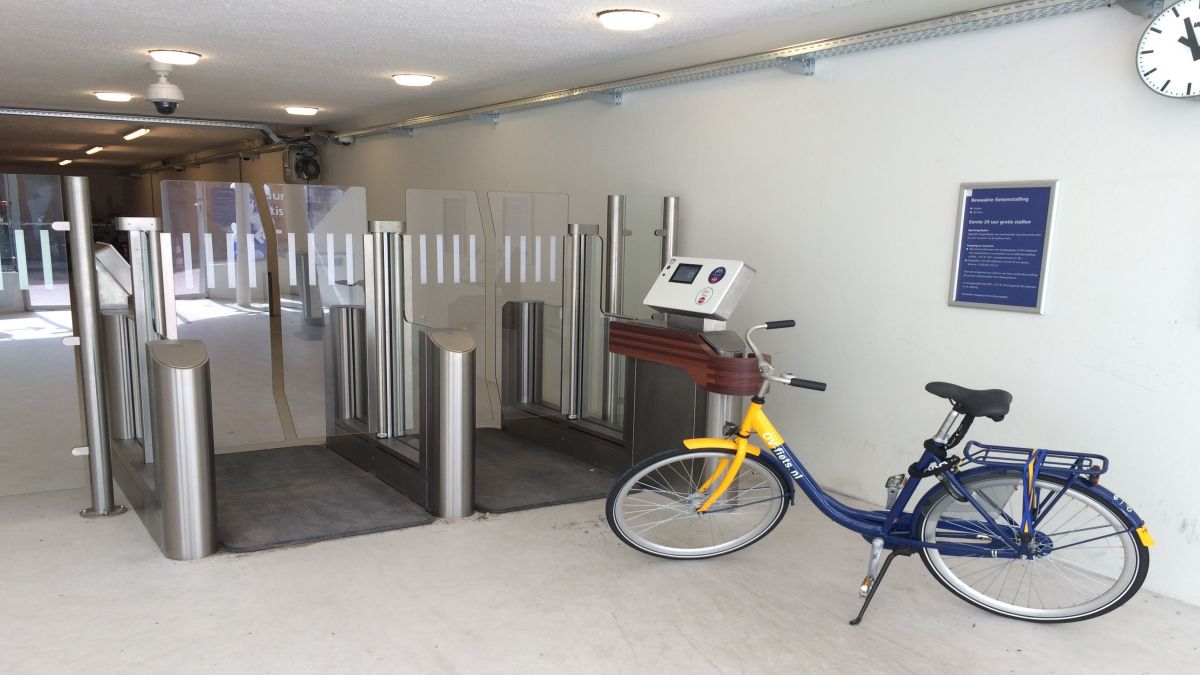
-
- Introduction to the History of Waterway and River Travel
- By Kamal Singh 21 May,2024

-
- Popular River Travel Destinations Around the World
- By Kamal Singh 21 May,2024

-
- Five Tips for Summer Hiking
- By Prodosh Kundu 19 Aug,2024
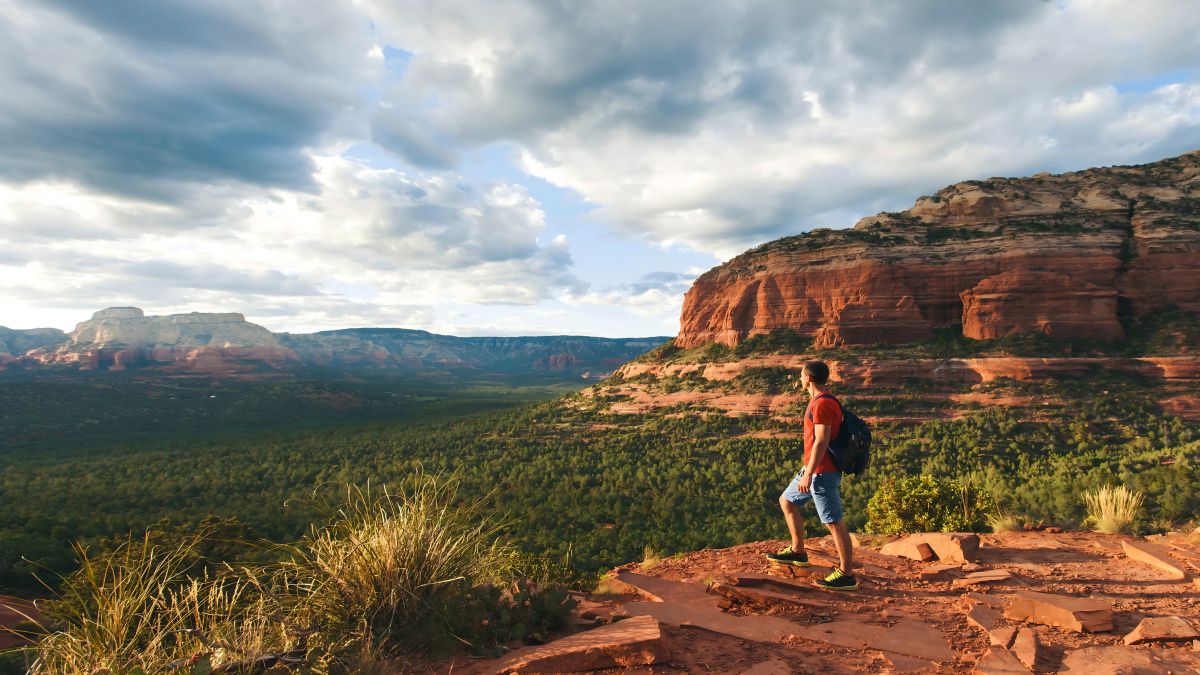
-
- Fortress of Comfort: Choosing the Perfect Tent for Your Backcountry Adventures
- By Kamal Singh 07 May,2024
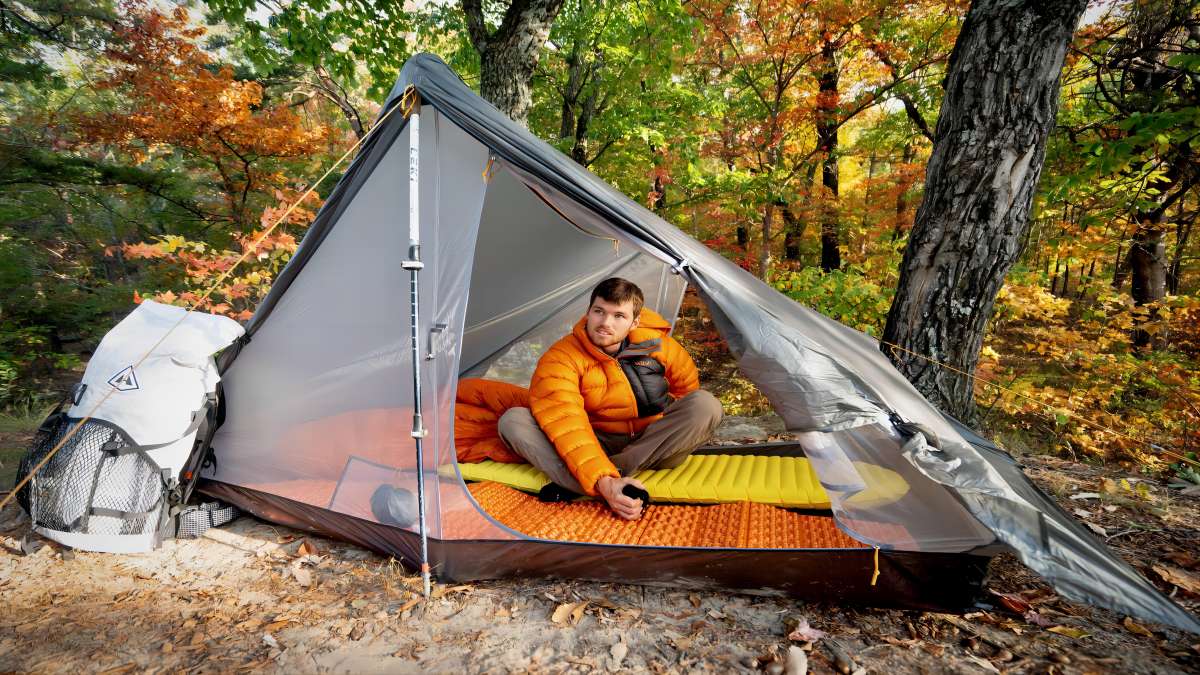
 1
1 1
1